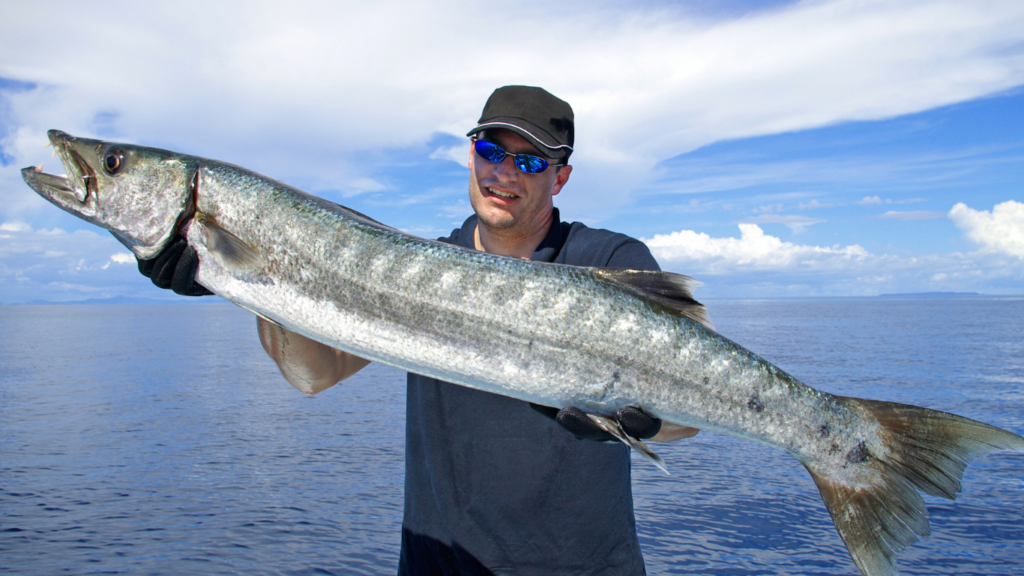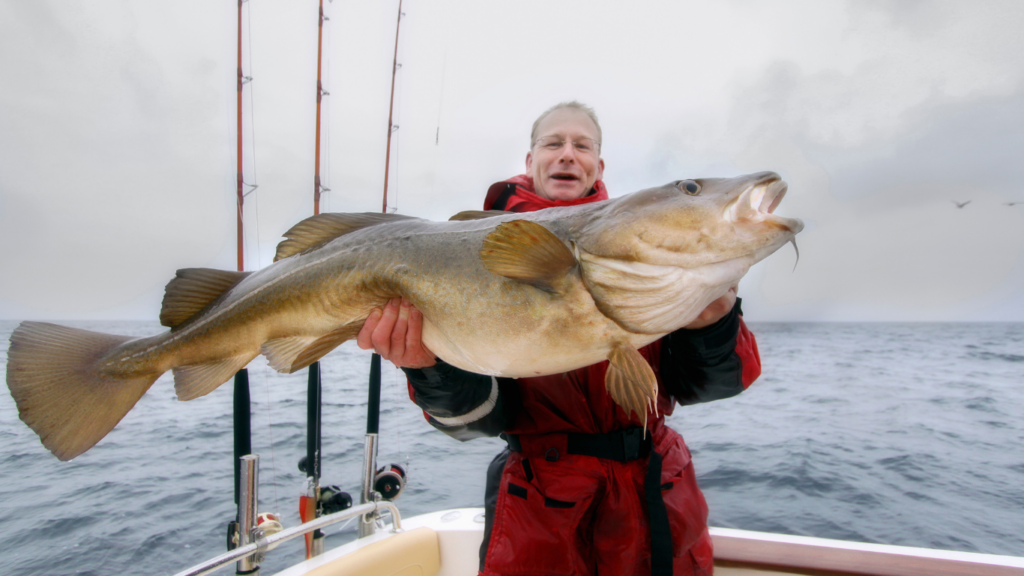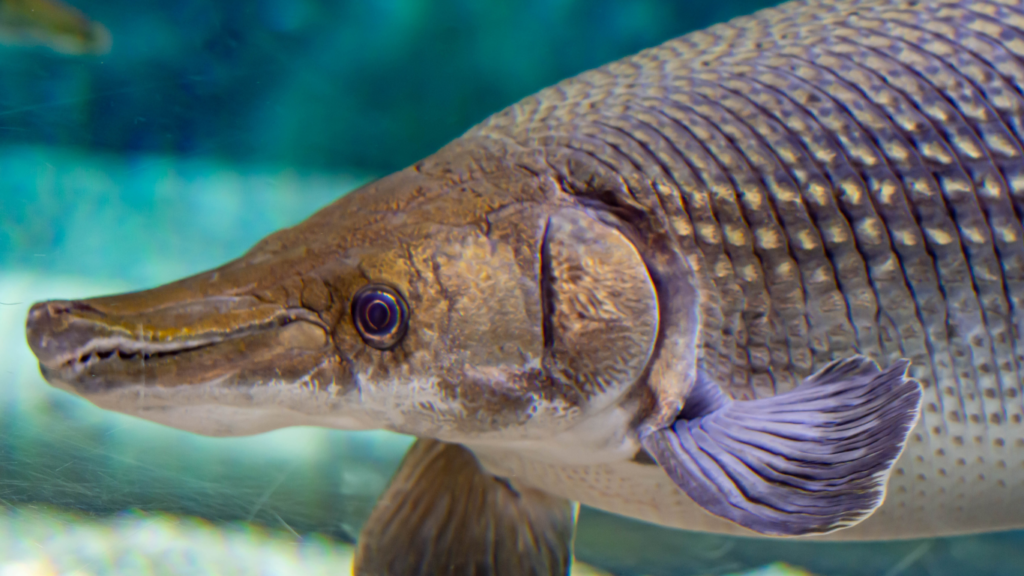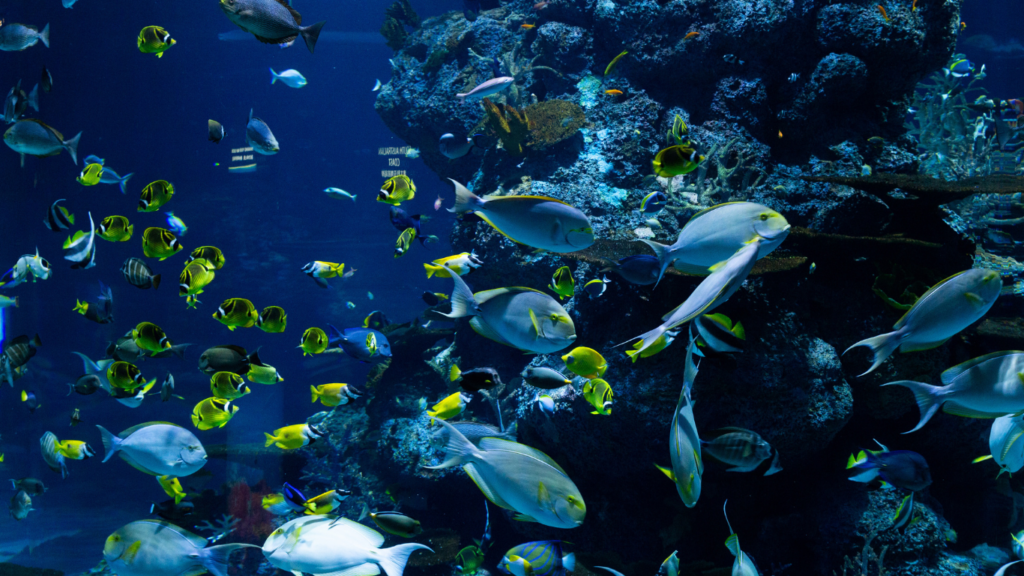The Significance Of Fishing Expeditions In Marine Research
Fishing expeditions serve as vital tools for advancing marine research. By traversing diverse aquatic ecosystems, researchers gain access to habitats less explored. These trips enable scientists to collect specimens, observe behaviors, and document conditions that expand our understanding of marine biodiversity.
Surveys conducted during fishing expeditions contribute to identifying new species and monitoring population health. For example, the discovery of the ruby seadragon in 2015 off the Australian coast showcased previously unknown evolutionary links within seadragon species.
Environmental changes become more apparent through data gathered during these trips. Temperature fluctuations, pollution levels, and habitat destruction indicators often surface when researchers analyze fishing yields. This insight informs conservation efforts and policy creation aimed at protecting marine life.
Fishing vessels often double as mobile research stations, especially on deep-sea missions. Equipped with:
- sonar mapping
- remotely operated vehicles
- sample collection equipment
these expeditions delve into depths unattainable through other means, revealing organisms adapted to extreme environments.
Partnerships between governments, academic institutions, and private organizations amplify the impact of such expeditions. Collaborative projects like the Census of Marine Life, which ran from 2000 to 2010, relied heavily on fishing operations to document over 6,000 potential new species.
Historical Expeditions And Their Impact
Fishing expeditions have historically ventured into uncharted waters, often revealing extraordinary species. These journeys laid the foundation for modern marine biology by uncovering the secrets of the underwater world.
Pioneering Ventures In Uncharted Waters
Early expeditions challenged the limits of exploration by targeting remote and deep-sea regions. In the 1870s, the HMS Challenger expedition became a cornerstone in marine science. This voyage mapped oceanic depths and cataloged over 4,700 marine species, including several unknown forms. The vast amounts of data collected revolutionized our understanding of marine ecosystems.
In the 20th century, ventures into polar waters expanded species documentation. During the 1957-1958 International Geophysical Year, focused expeditions discovered marine species adapted to extreme cold, contributing to understanding of life’s adaptability.
Breakthrough Finds From Early Expeditions
Groundbreaking species discoveries reshaped marine research. The coelacanth, found off South Africa in 1938, provided insight into the connection between fish and terrestrial vertebrates. This “living fossil” rewrote accepted theories of evolution and extinction timelines.
During the Galathea II deep-sea expedition in the 1950s, researchers unearthed new forms like the fang-tooth fish and giant amphipod from depths exceeding 6,000 meters. These finds offered invaluable data on survival in high-pressure environments, shaping future deep-sea research.
Tables and tools from these historic efforts remain benchmarks for contemporary scientific methods.
Modern Fishing Expeditions And Technological Advances

Modern fishing expeditions combine cutting-edge technology and collaborative efforts to uncover new species. These advancements enhance exploration, making previously inaccessible regions accessible for research.
Use Of Advanced Equipment In Species Discovery
Advanced equipment plays a pivotal role in species discovery during fishing expeditions. Sonar systems map underwater terrains, identifying habitats where undiscovered species could thrive. Remote-operated vehicles (ROVs), equipped with high-definition cameras and robotic arms, allow researchers to investigate deep-sea ecosystems without human presence. For example, ROVs enabled the discovery of the ghost octopus in 2016 at 4,290 meters below sea level.
DNA barcoding aids in the rapid identification of newly caught specimens. By analyzing genetic sequences, scientists can confirm whether a species is new. High-tech fishing nets, such as plankton trawls and fine-mesh samplers, aid in capturing fragile organisms like jellyfish or larvae without damage. Enhanced onboard laboratories allow immediate analysis, reducing specimen degradation and improving discovery accuracy.
Collaboration Between Researchers And Fishermen
Collaboration between researchers and fishermen accelerates discoveries by merging scientific knowledge with local expertise. Commercial fishermen, often exploring under-researched areas, unknowingly capture new species. In 2006, a rare megamouth shark was retrieved this way, contributing valuable data on its biology and distribution.
Researchers train fishermen to recognize unusual species and preserve these specimens properly. Citizen science programs, like iNaturalist’s marine projects, encourage data sharing, amplifying the network of discovery. Joint ventures with fishing fleets also reduce costs and expand access to diverse aquatic environments, enabling studies across a broader range of ecosystems.
Notable Discoveries Of New Species
Fishing expeditions have unveiled exceptional marine species, each highlighting the immense biodiversity lurking beneath the waves. These discoveries reveal unique biological traits and provide compelling narratives about how they were found.
Rare Marine Life And Their Unique Features
- Newly discovered species often demonstrate remarkable adaptations to their environments.
- The ghost octopus, found in 2016 at 4,290 meters, lacks pigment and features a translucent body, reflecting its deep-sea habitat.
- The ruby seadragon, identified in 2015, exhibits bright red coloration that camouflages it in dimly lit waters of southern Australia.
- Other species, like the barreleye fish, discovered in midwater zones, possess a transparent head and upward-facing eyes, offering survival advantages while hunting.
- Extremophiles, such as the yeti crab spotted during the 2005 South Pacific deep-sea exploration, thrive near hydrothermal vents with dense setae covered in symbiotic bacteria.
These traits not only inspire awe but also expand knowledge of evolutionary survival mechanisms.
Stories Behind Famous Discoveries
The coelacanth, once thought extinct, was rediscovered in 1938 near South Africa’s coast when a trawl net captured this “living fossil.” This species, dating back 400 million years, reshaped theories about evolutionary links between fishes and terrestrial vertebrates.
The megamouth shark, an elusive species captured by a fishing vessel off Hawaii in 1976, became another milestone in marine discovery. Its distinctive feeding strategy, akin to baleen whales, attracted global attention. More recently, a 2006 fishing expedition retrieved a previously unknown giant squid, Architeuthis dux, offering invaluable insights into this elusive deep-sea predator’s anatomy and behavior.
Each of these discoveries showcases the intersection of scientific curiosity and serendipity during fishing expeditions, advancing marine biology.





